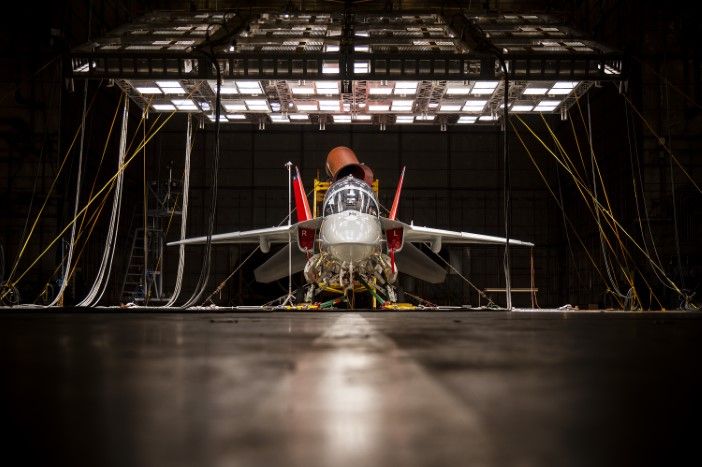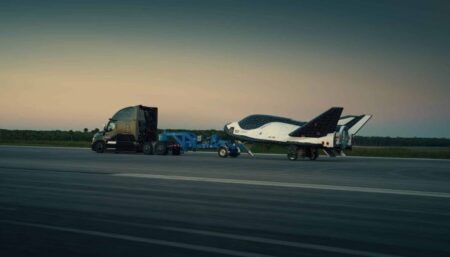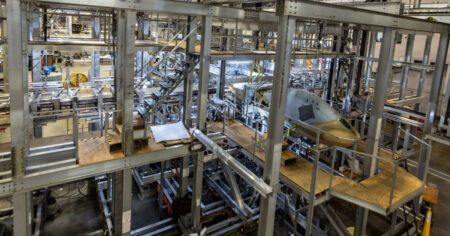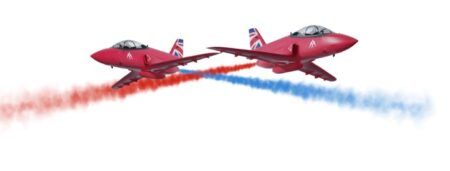BAE Systems is leading a partnership with Boeing and Saab to supply the T-7 as the Royal Air Force’s next jet trainer and Red Arrows’ aerobatic display aircraft.
The three companies agreed this week to collaborate on a proposal to supply a training system – with the T-7 jet at its core – to the Royal Air Force (RAF) for its fast-jet trainer programme.
Fighter jet pilot training is becoming increasingly digitalized to reduce time and costs. Modern training programs aim to mix live training with synthetic missions that use virtual reality and simulation technology and cut back on expensive time spent in the air.
The RAF’s current jet trainer, the Hawk T2, is being retired in 2030 after more than 50 years of service. The UK’s Red Arrows use an earlier variant of the Hawk, so its successor is expected to also be used by the aerobatic display team.
The requirement for a new jet trainer was set out earlier this year in the UK Government’s Strategic Defence Review and refers to the Red Arrows’ dual use of the jet trainer in a footnote.
The BAE/Boeing/Saab pitch announcement comes days after a trade union joined calls for UK startup Aeralis to produce the RAF’s next jet trainer. Aeralis has been pitching its jet trainer, which is still a concept, as the Hawk replacement for several years and says it will boost the UK’s aerospace sector and sovereign industrial capabilities.
BAE Systems said its T-7 proposal will include a UK-based final assembly line and that it would explore opportunities for growing the UK supply chain for the aircraft.
A decision on the RAF’s trainer jet program is expected next year by industry insiders.

T-7 trainer developed by Boeing and Saab
Development of the T-7A Red Hawk was started by Boeing and Saab in 2016, first as the T-X prototype which flew the same year. The US Air Force awarded Boeing a US$9.2 billion contract for 351 aircraft, 46 simulators and support to replace the T-38 in 2018.
The first T-38 was delivered to the US Air Force in November 2023. It was developed using digital modeling and design techniques new to Boeing and Saab to help reduce time and costs.
Saab is responsible for the development and production of the fully installed aft section for T-7A.
Bernd Peters, vice president of Boeing Defense, Space and Security’s business development and strategy said, “Together, Boeing with Saab and now BAE Systems will offer training solutions to best prepare RAF pilots for advanced fourth-, fifth- and sixth-generation fighters. This collaboration strengthens the transatlantic industrial base.”
Simon Barnes, group managing director, BAE Systems’ Air sector, said, “We’re committed to ensuring this solution offers the best overall outcome for the nation to support the UK’s combat air readiness and deliver economic benefit.”
According to Boeing, the T-7A Red Hawk is a “leading-edge, integrated-live, virtual and constructive aircrew training system that delivers a leap in capability. Its versatile design allows it to adapt to changing technologies and mission requirements, training new pilots to fly the most advanced multi-role fighter/fast-jet and bomber aircraft in the world.”
